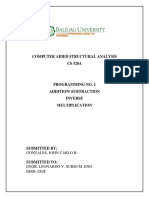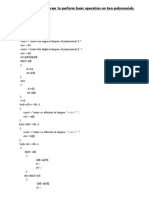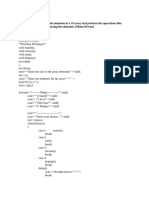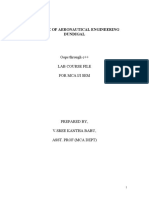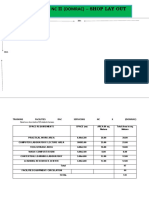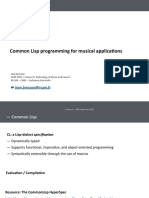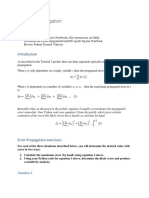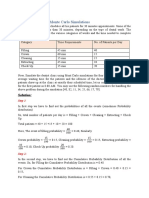0% found this document useful (0 votes)
31 views14 pagesC++ Lab Manual
The document contains multiple C++ programs demonstrating basic array operations, matrix operations including addition, inverse, transpose, and multiplication, as well as statistical functions such as mean, median, mode, standard deviation, variance, covariance, and skewness. Each program is accompanied by example outputs illustrating their functionality. The programs utilize standard libraries and functions to perform calculations and display results.
Uploaded by
yesudossjCopyright
© © All Rights Reserved
We take content rights seriously. If you suspect this is your content, claim it here.
Available Formats
Download as DOCX, PDF, TXT or read online on Scribd
0% found this document useful (0 votes)
31 views14 pagesC++ Lab Manual
The document contains multiple C++ programs demonstrating basic array operations, matrix operations including addition, inverse, transpose, and multiplication, as well as statistical functions such as mean, median, mode, standard deviation, variance, covariance, and skewness. Each program is accompanied by example outputs illustrating their functionality. The programs utilize standard libraries and functions to perform calculations and display results.
Uploaded by
yesudossjCopyright
© © All Rights Reserved
We take content rights seriously. If you suspect this is your content, claim it here.
Available Formats
Download as DOCX, PDF, TXT or read online on Scribd
/ 14




